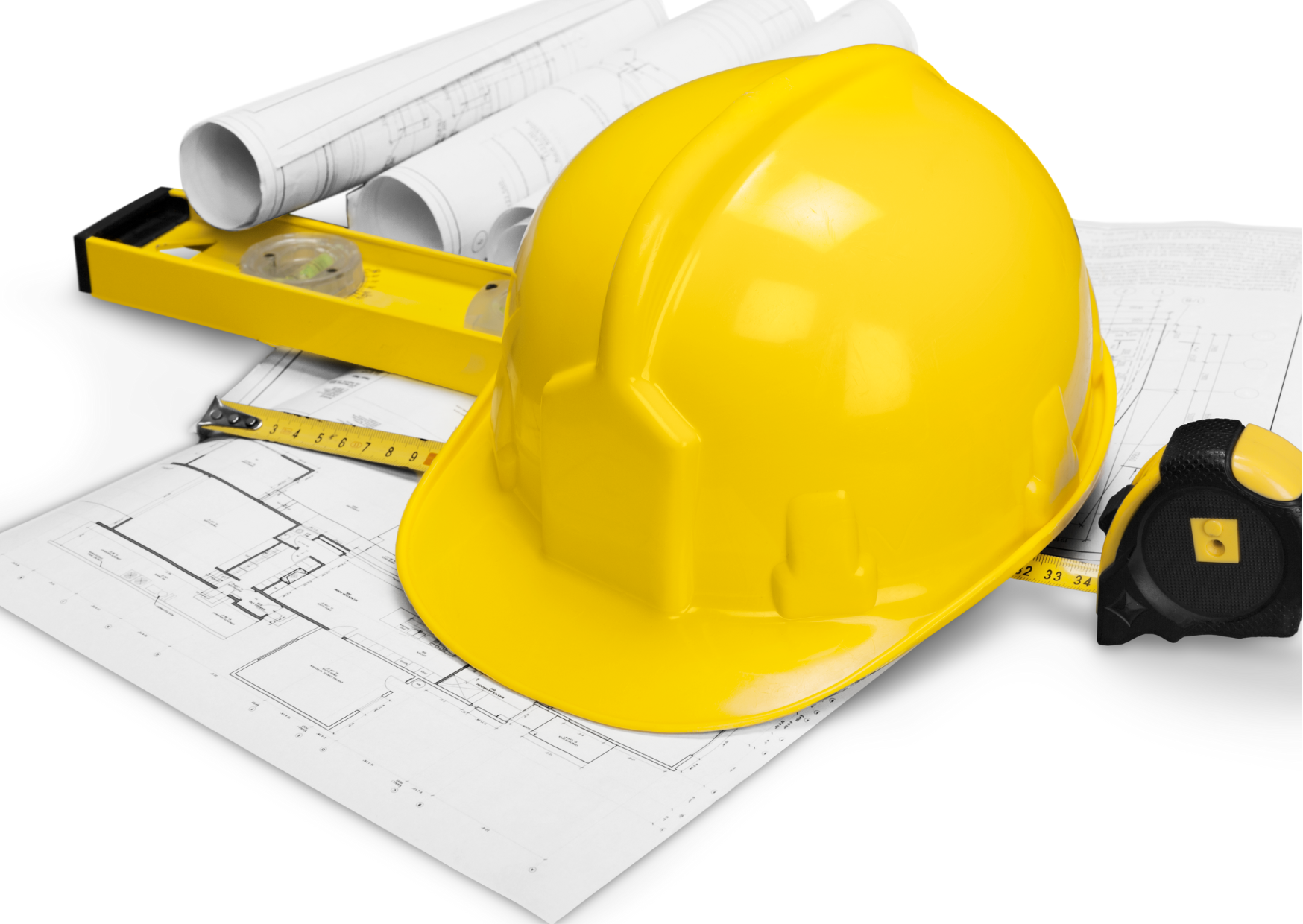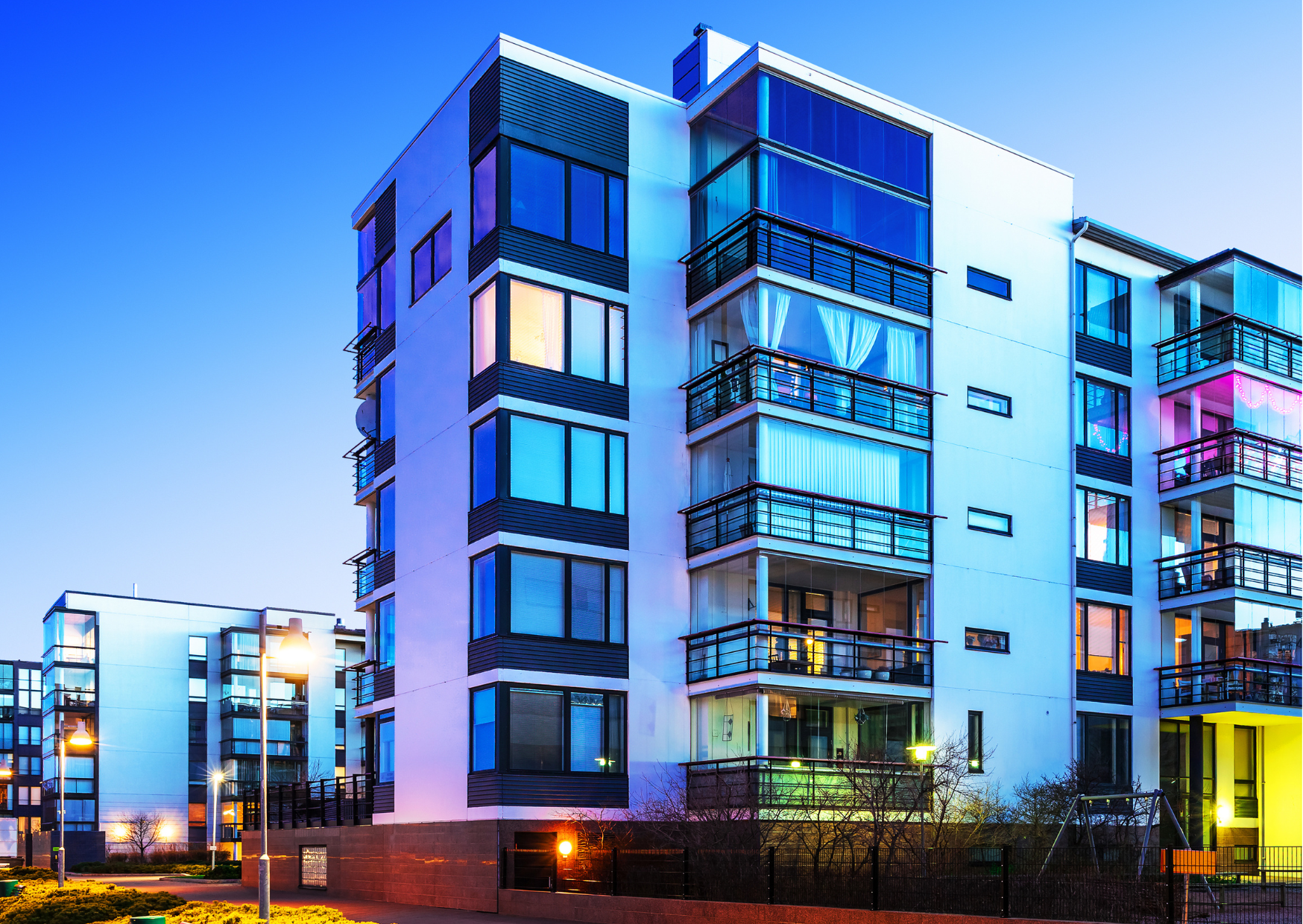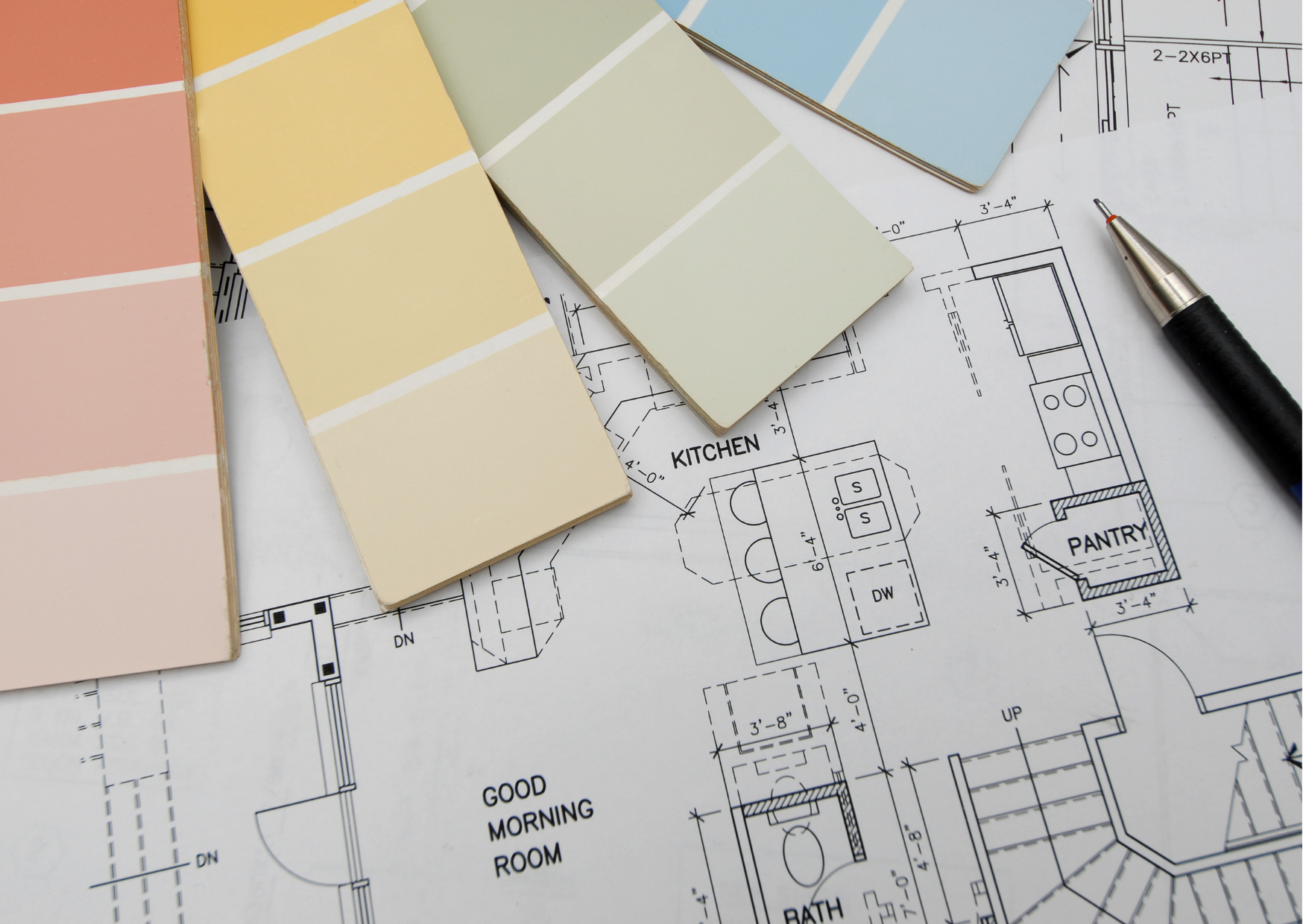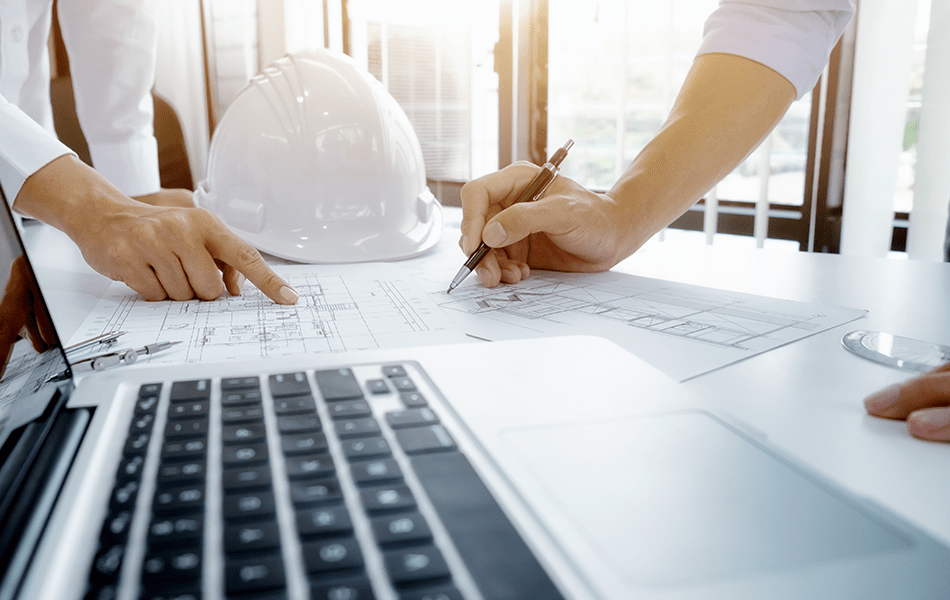Many people still have many questions about the process of buying a new piece of real estate. It should go without saying that not everyone is familiar with the stages of building. It’s crucial to be aware of these measures when you purchase a new home. This will enable you to decide wisely before making a purchase or to adhere to the different timetables that the developer gave you when you signed your purchase contract.
Primary Stages of Construction Projects
In general, a condo tower typically takes 18 to 24 months to build, compared to 9 to 12 months for a single-family home. Even though the timescales are different, the actions required to produce a final good are relatively similar.
Also, we can make a more informed decision about whether to buy if we are aware of the construction project’s schedule, such as a condominium. Below are the phases of construction projects
- Pre-Construction Phase
- Construction
- Post – Construction Phase
What Is the Preconstruction Phase?

What exactly is pre-construction? Pre-construction is what happens before building, as the term implies. You, the client, and the house designer collaborate closely during the planning stage. Making ensuring that everyone has the same vision for the finished project is key.
The home’s design is improved throughout the pre-building phase, as are timeframe expectations, cost projections, and problem-solving for any prospective construction concerns. Many meetings with clients and designers are usually required during this phase, along with a lot of back-and-forth communication.
What is the purpose of a pre-construction meeting?
A meeting between the client and general contractor should always be the first step in the pre-construction process. The two will gain a better understanding of one another during this meeting, and the general contractor will learn about the requirements and preferences of the client.
Objectives will be specified, and the general contractor will be given the opportunity to address any concerns the client may have. The general contractor will get the client’s vision for the project and will then set to work determining whether or not that vision is realistic. From this first meeting, a general contractor will assess the project’s viability and the amount of labor needed to complete it. The general contractor will specify deliverables correctly and come up with the timeline.
The pre-construction process entails the following 11 crucial steps:
There is only one element in the construction of a house that is more crucial than the building itself. Pre-construction is a crucial phase that builds the foundation for any construction project’s success. A pre-construction error could cause the entire project to fail and cost a lot of money.
1. Project Scope
The scope of work or the project you are planning for must be determined before you do anything else. Although the term “scope” has many various meanings, in pre-construction it especially relates to determining the following:
- What the project is exactly:
- The size of the building and the lot
- The project’s constraints
- The goals that, if attained, will result in project success
Even though many of these ideas may seem obvious at first, it’s crucial to record them and thoroughly discuss them with all project stakeholders.
2. Construction Plan
Without a plan, nothing gets accomplished, and this includes condominium construction. The best time to begin organizing the various stages of the building’s construction is during pre-construction. You must outline the steps necessary to transform the building materials into the real structure, breaking it down into distinct stages with certain due dates.
In your construction development strategy, take into account the following phases:
- laying the groundwork and foundation
- shaky framing
- HVAC, plumbing, and electrical
- Insulation
- fixtures inside and drywall
- the driveway and the sidewalks outside
- Countertops and flooring
- exterior walls
- Roof slab
3. Construction Design
Your client might or might not come to you with a rough home design, depending on exactly what kind of construction firm you run. The design will be entirely your responsibility if you run a design-build enterprise; however, other construction companies might use designs created by outside parties.
You need to be as involved in the design process as you can be in any situation. Most importantly, you should evaluate the design’s constructability, which determines whether it can be built at all and, if so, whether it can be built within your budget.
You don’t have to set up a drawing table in this situation if you need to make alterations to an existing design or create a home from scratch.

4. Customizing your interior
Customers are encouraged to make finish selections and other customizations along the process in accordance with the developer’s specifications. Depending on the company’s organizational structure, the management skills of the construction team, the scope of the project, etc., certain developers are more adaptable than others. While making a purchase, customization should be a major topic of discussion.
If we use a condo tower as an example, it is frequently impractical to move the plumbing or make significant adjustments to the kitchens and toilets. Nonetheless, you will frequently have the option to choose the flooring, countertops, and lighting finishes. Usually, you’ll have a choice of three to five finishes and materials. Similarly, some substantial projects necessitate hiring an interior designer.

5. Cost Estimating
Based on their evaluation of the design and engineering, the contractor will subsequently create a tentative construction budget. However, how does the contractor arrive at a figure? They will take into account the budgets utilized for comparable projects in addition to the materials required and whether or not the elements stated in the step above are necessary.
Cost estimation will be an essential element of the process, it’s important to understand that it is not a bid. The bid document will be created after other pre-construction phase tasks are finished since other factors, including the final design, will aid in producing a more accurate bid. Here, the contractor’s main goal is to obtain a price range that is reasonably near to the actual cost.
6. Construction budget
All construction project must adhere to a budget, but the pre-construction phase is where it matters most. Why? Because it sets the tone for the remainder of the project and is the first time the customer will receive a confirmed estimate of the cost,
Setting the budget is challenging. Several elements need to be taken into account, such as the price of labor, different materials, transportation, equipment purchases, rentals, and more. Provide a budget range rather than an exact number. In this manner, you can fudge things a bit without immediately disappointing the client.
7. Construction essential tasks
You will experience a lot of relief knowing that the major issues have been addressed in the pre-construction process’s earlier steps, but you won’t be finished just yet. There are still dozens of lesser but equally important responsibilities, this is conducting due diligence such as: soil testing; settling unpaid taxes; submitting construction plans to the local government unit (LGU)
8. Construction team
Some of the team members are more suitable for certain projects than others. While some of them get along well, others must continue working on their own tasks. As the manager of your construction company, it is your responsibility to put together the team that will be best able to finish the project on schedule, on budget, and to the high standard that your clients demand.
Because they will participate in many of the remaining pre-construction phases, it is crucial to choose the team members early in the process. If you choose the correct team, you won’t have to do it alone, which is something you shouldn’t be able to do either.
9. Construction materials
What will be the source of the constructing materials? What will they be like? What will their price be? These types of questions need to be addressed during the pre-construction stage in order to avoid issues later on. This phase involves answering the questions and procurement of the supplies.
10. Construction permits
Pre-construction is the time to determine which permits the project will need and to secure them. This is due to the fact that a permitting issue could, in the worst situations, prevent the project from being finished altogether. Identify the permits you’ll require and how long it will take to obtain them. Start the procedure of obtaining the permits after that.
11. Construction inspections
You still need to address a few inspections during the pre-construction stage, even though the majority of inspections on any home construction project will take place during or even after construction. Pre-construction inspections are required by each municipality, but typical ones include surveys of the property’s state, studies of its effects on the environment, and checks of building plans for safety and compliance with building codes.
Project communication
Although communication is the last step before building begins, it should be a part of each of the processes before it and continue during construction. Communication is crucial throughout the pre-construction phase. The different stakeholders involved—including clients, subcontractors, designers, city officials or LGU’s—need to be aware of what is happening and how it affects them.
The design of the home itself is one aspect of pre-construction communication that is particularly crucial.
There are a few ways to do it, but many of the more established ones require costly, time-consuming third-party rendering firms that are unable to quickly make modifications to the design. When you receive feedback, changes can be made quickly rather than taking days, the pre-construction phase will move more quickly, and the project will be more successful in general.
You must be able to describe the finalized house’s appearance, including any modifications to the original plan or potential extensions. Having a visual aid is crucial since many people find it difficult to picture finished homes when looking at flat building designs.
Why is the Pre-Construction Phase Important?
All construction project must have a pre-construction phase since it establishes the groundwork for a successful project.
The pre-construction phase is crucial for any construction project as it enables the project team to plan, budget, and manage risks, ensuring that the project is completed on time, within budget, and to the highest possible standard.
If all of these components have been properly communicated, the client will have realistic expectations going into construction project.
The strategy also reduces the possibility of encountering issues by guaranteeing that the project is feasible.





